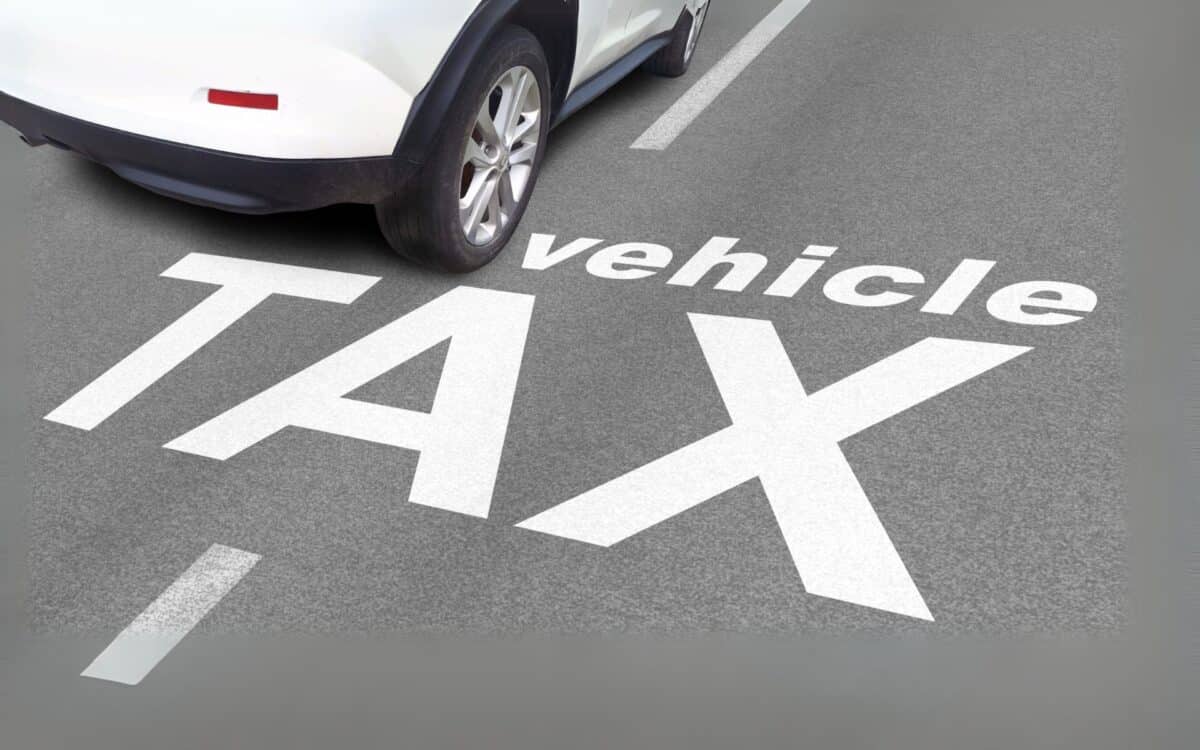UK drivers are set to encounter changes in how car tax is applied, with new rules coming into effect from April 2025. Details surrounding these adjustments have been outlined by Manchester Evening News, pointing to a broad revision of the current system.
While the full impact remains to be seen, early signs suggest that owners of both conventional and electric vehicles could be affected in different ways.
The move comes as part of wider reforms aimed at modernising vehicle taxation and aligning it more closely with emission levels and vehicle categories across the national fleet.
Electric Vehicles Lose Tax Exemption
Currently, owners of new electric vehicles do not pay VED. This will change from April 2025. Any newly registered EV will be subject to a first-year tax rate of £10, previously £0. From the second year onward, they will pay the standard annual rate of £190, rising again to £195 in April 2025.
For those who already own an EV, the car tax change will begin with a £20 yearly charge, applied for the first time in the upcoming fiscal year.
This change affects zero and low-emission vehicles, and it marks a departure from previous incentives designed to support the transition to cleaner mobility.
Revised First-Year Rates Based on Emissions
Buyers of new petrol, diesel, and hybrid vehicles will also face higher car tax costs. The first-year VED, sometimes called the “showroom tax”, will increase significantly across all emissions brackets. The new scale from April 2025 is as follows :
- 0g/km: from £0 to £10
- 1–50g/km: from £10 to £110
- 51–75g/km: from £30 to £130
- 76–90g/km: from £135 to £270
- 91–100g/km: from £175 to £350
- 101–110g/km: from £195 to £390
- 111–130g/km: from £220 to £440
- 131–150g/km: from £270 to £540
- 151–170g/km: from £680 to £1,360
- 171–190g/km: from £1,095 to £2,190
- 191–225g/km: from £1,650 to £3,300
- 226–255g/km: from £2,340 to £4,680
- 255+g/km: from £2,475 to £5,490
This sharp progression reflects the government’s aim to align tax rates more closely with environmental impact.
Updated Charges for Older Vehicles
The new rules also apply to vehicles registered between March 1, 2001 and March 31, 2017. Several tax bands will increase, including those that previously benefited from partial or full exemptions. New rates include :
- Up to 100g/km: from £0 to £20
- 101–110g/km: remains at £20
- 111–120g/km: remains at £35
- 121–130g/km: from £160 to £165
- 131–140g/km: from £190 to £195
- 141–150g/km: from £210 to £215
- 151–165g/km: from £255 to £265
- 166–175g/km: from £305 to £315
- 176–185g/km: from £335 to £345
- 186–200g/km: from £385 to £395
- 201–225g/km: from £415 to £430
- 226–255g/km: from £710 to £735
- 255+g/km: from £735 to £760
Some low-emission brackets will remain unchanged, such as the 101–120g/km range, maintaining existing rates for certain legacy vehicles.
Policy Background and Government Rationale
The changes were introduced by the Labour Party in the Autumn Budget and form part of a broader overhaul of VED policy. As vehicle emissions become a central factor in national climate targets, the government aims to modernize tax policy to reflect the growing diversity of the UK’s vehicle fleet.
A central driver behind the car tax reform is the need to expand the tax base as EVs gain popularity.
While electric vehicles are cleaner, they also tend to be more expensive than their internal combustion counterparts, making them eligible for the expensive car supplement, a levy applied to vehicles with a list price exceeding £40,000.
Concerns Over Adoption of Electric Vehicles
The introduction of EV taxation has raised concerns that it could discourage the shift to cleaner transport, particularly among budget-conscious buyers.
Environmental advocates and automotive industry voices argue that while a level playing field is reasonable, the timing of the new charges may be premature.
The broader strategy must now balance fiscal sustainability with ongoing incentives to help the UK reach its net-zero emissions target by 2050.









